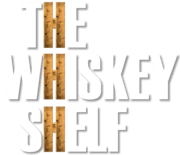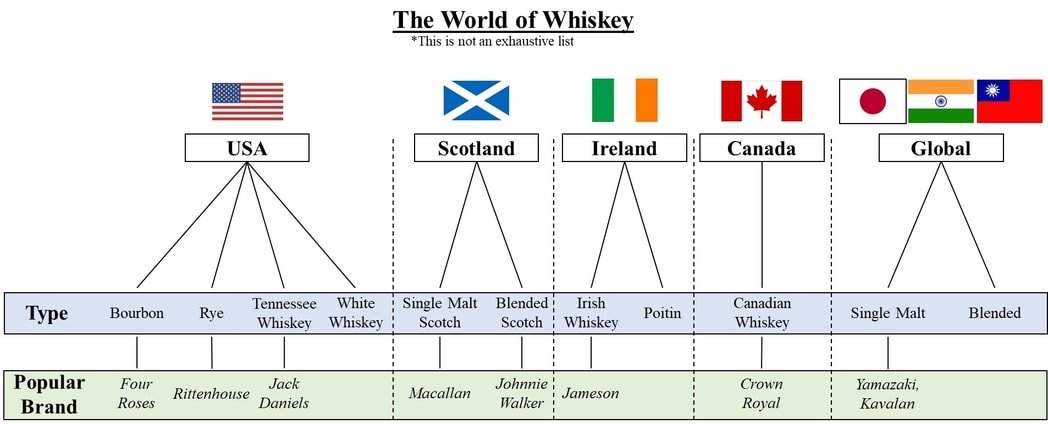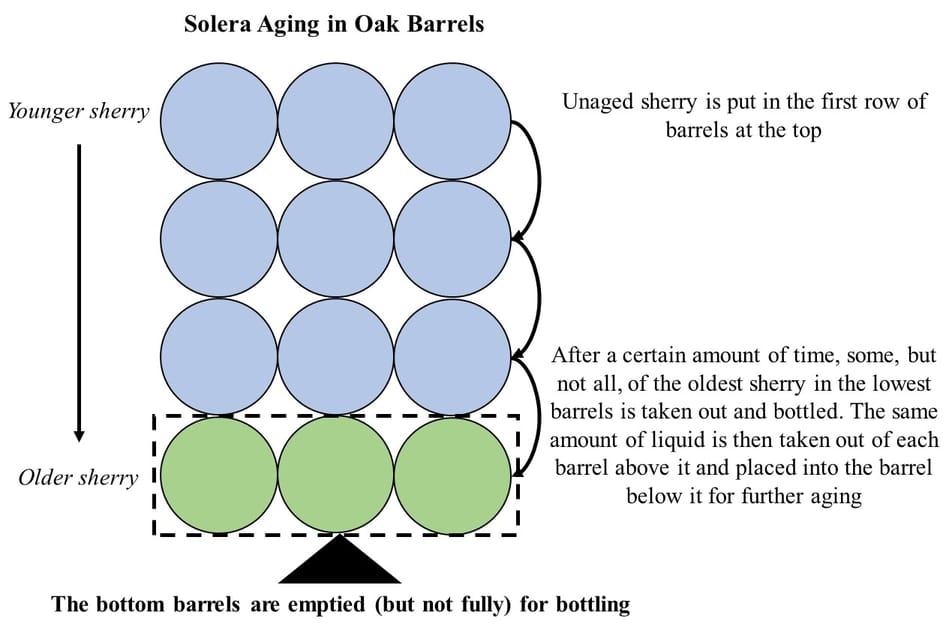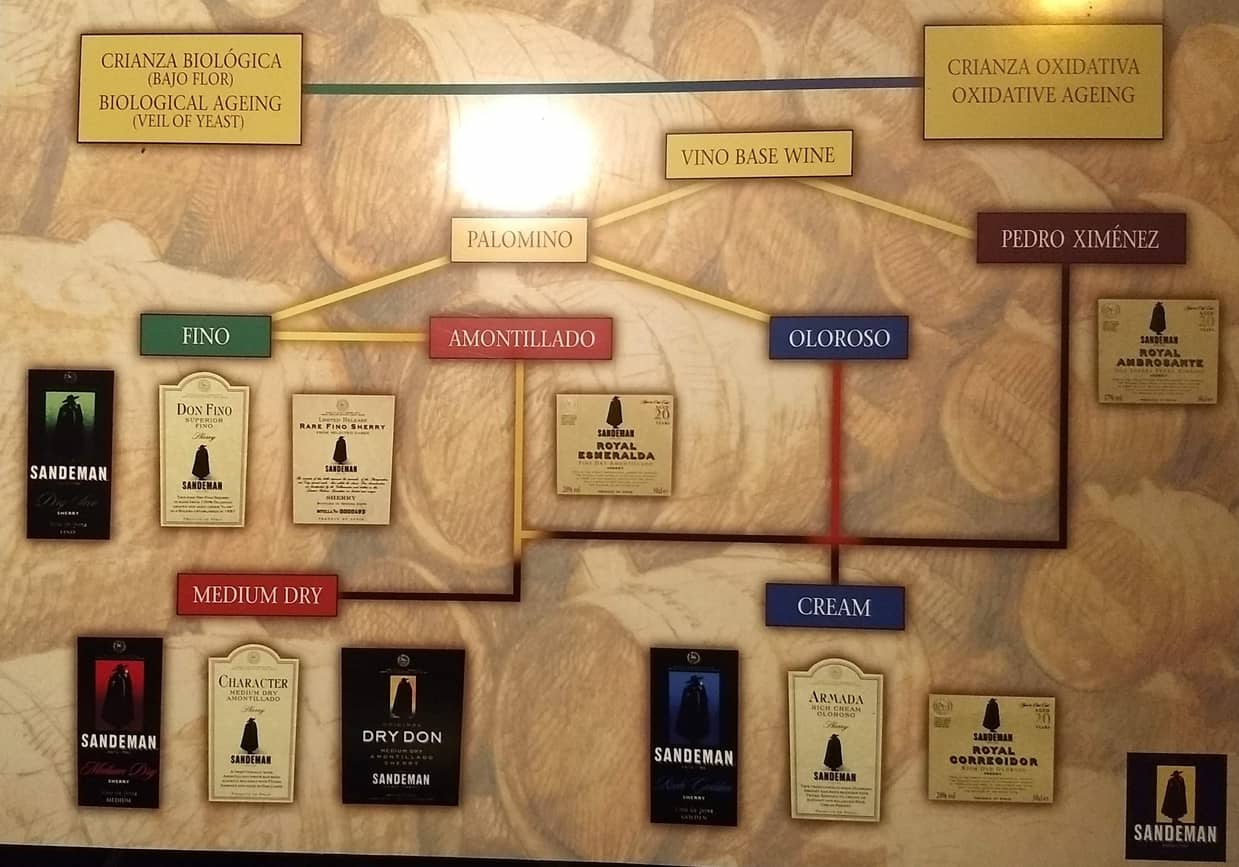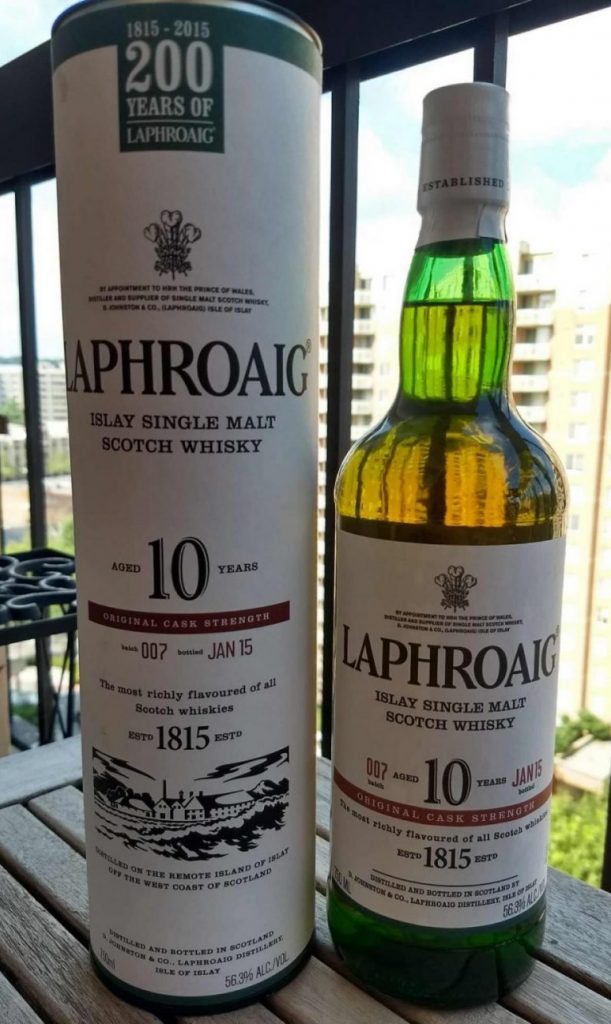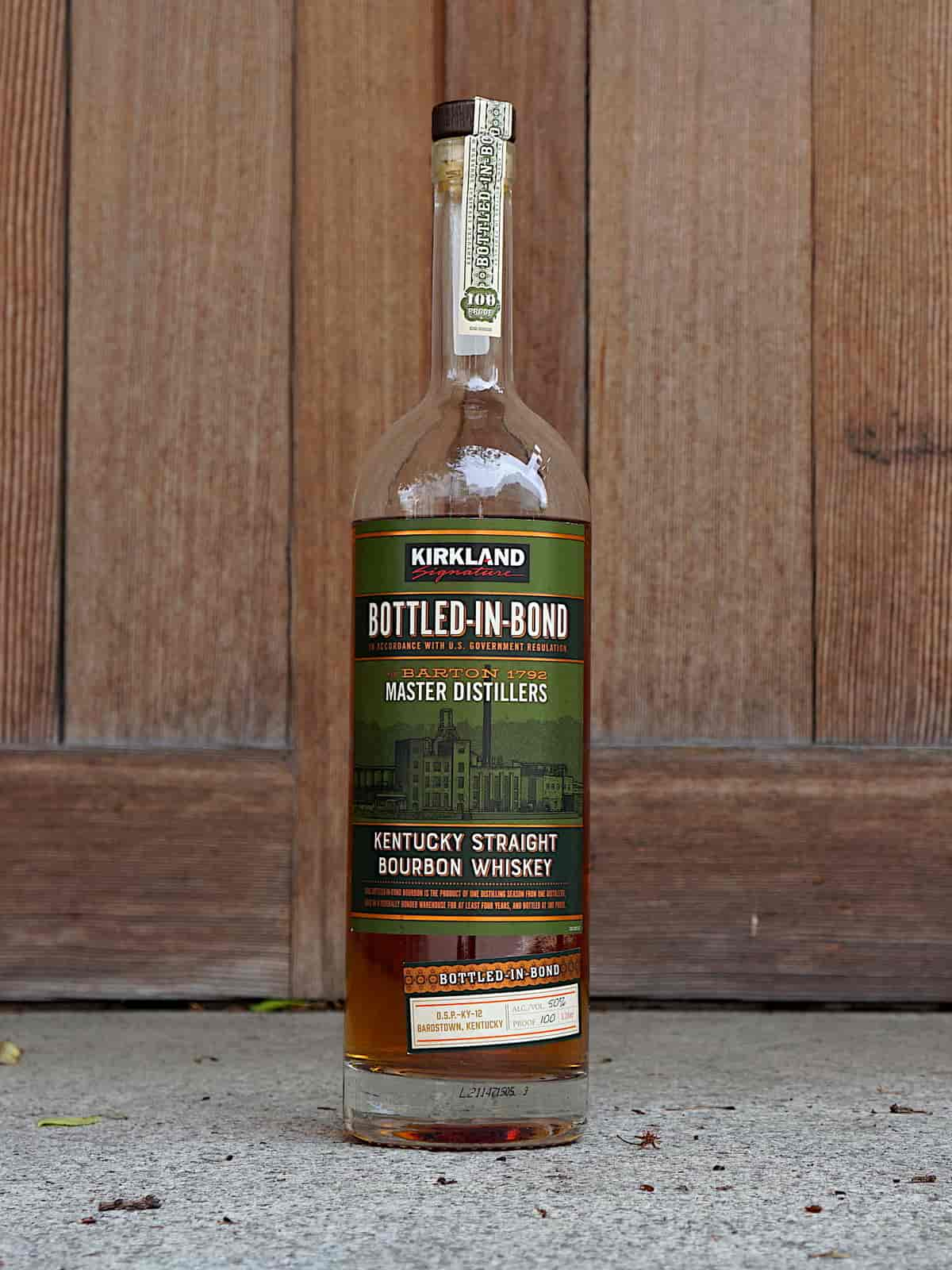what is whiskey
What is whiskey!? You have questions, the Whiskey Shelf has answers. Whiskey can sometimes feel overwhelming and confusing, with jargon such as “floral notes” and “aged in ex-bourbon barrels for 10 years” being thrown around…but at it’s core, whiskey it is pretty simple. Below, you’ll find to-the-point answers to your burning questions. Additional links are also provided for more in-depth knowledge.
Long story short, whiskey is a liquor distilled from a single type of grain or mix of grains, usually corn, rye, or barley, but can also be rice, quinoa, or really any other grain, plus water and yeast. Other things used to produce other liquors such as grapes and potatoes don’t count. Whiskey is generally aged, but is not required. There are many types of whiskey, each with a different name and different rules that must be followed (but that is for another section). If you want ot know more, Wikipedia has a great page on it.
Another thing to note, the term “whisky” is the same as whiskey, it’s just a slightly different spelling used outside the US and Ireland.
Whiskey can come from anywhere in the world. Even though they have many names, including Bourbon and Scotch, they all fall under the broader whiskey category. The image below provides a high level breakdown of the main types of whiskey and popular brands associated with it.
Bourbon is a whiskey that is only made in the USA. 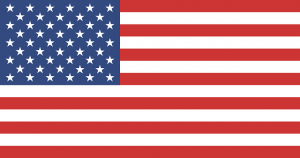 It is not only made in Kentucky, it can be (and is) made all over the US. Kentucky just happens to be where many of the large and famous distilleries are located.
It is not only made in Kentucky, it can be (and is) made all over the US. Kentucky just happens to be where many of the large and famous distilleries are located.
There are a few rules that need to be followed in order for a whiskey to be called “Bourbon”:
– Must be made in the USA
– Grain mixture must contain at least 51% corn
– Must be aged in virgin (new) charred oak barrels (meaning that they can never have been used to age something prior)
– Distilled to no more than 80% alcohol by volume prior to barreling
– The liquid being poured into the barrel must have less than 62.5% alcohol by volume. (It is not a problem if the whiskey comes out of the barrel at higher than 62.5%)
– Must be bottled at 40% alcohol or greater
Now, there are other terms that are also used with bourbon, such as Straight Bourbon and Bottled in Bond, that add rules.
These are the rules for Straight Bourbon (in addition to the ones for making bourbon):
– Must be aged at least 2 years
– If the age is less than 4 years, the label must include the age of the youngest whiskey in the bottle
These are the rules for Bottled in Bond / Bonded (in addition to the ones for making bourbon)
– The liquor must be produced in one distillation season (either January to June or July toDecember) by one distiller at one distillery
– It must have be aged in a federally bonded warehouse under U.S. government supervision
– It must be aged for at least for at least four years and bottled at 50% alcohol by volume
– The bottle’s label must identify the distillery where it was distilled and, if different, where it was bottled
Rye Whiskey can be made anywhere in the world (but Canadian Rye Whiskey can only be made in Canada). Here are the primary rules that must be followed (at least in the USA):
– Grain mixture must contain at least 51% rye
– Distilled to no more than 80% alcohol by volume prior to barreling
– Must be aged in virgin (new) charred oak barrels (meaning that they can never have been used to age something prior)
– The liquid being poured into the barrel must have less than 62.5% alcohol by volume. (It is not a problem if the whiskey comes out of the barrel at higher than 62.5%)
– Must be bottled at 40% alcohol or greater
Now, there are other terms that are also used such as Straight Rye Whiskey that add rules.
– Must be aged at least 2 years
– Not blended with other types of spirits. This means that the mash that was distilled can contain other grains besides rye, but after distillation, no other spirits can be added, even bourbon
So in a lot of ways, American Rye Whiskey is similar to Bourbon, with the key difference between the grain mixture (majority rye instead of corn).

There are a few rules that need to be followed in order for a whiskey to be called “Scotch”:
– Must be made in the Scotland
– Grain mixture must contain some amount of malted barley, but can also include other grains such as corn, rye, etc
– Must be aged in oak barrels no larger than 700 liters / 185 gallons (can be new, can have been used previously to age other spirits) for at least 3 years
– Distilled to no more than 94.8% alcohol by volume prior to barreling
– Must be bottled at 40% alcohol or greater
In addition, Single Malt, Blended Malt, and Single Grain are used to denote specific types of scotches.
– Single Malt means that it is made from 100% malted barley and was distilled at a single distillery
– Blended Malt means that it is a blend of single malts from multiple distilleries, and may also include other grain whiskies as well (e.g., from corn, rye, etc)
– Single Grain means that it is made from any type of grain (excluding malted barley) and was distilled at a single distillery
In short, Single means from a single distillery, malt means malted barley, and grain means any other type of grain.
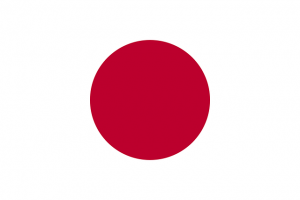
It’s not better or worse than Scotch, it’s just different, and the whiskey world is better for it.
Sherry is a type of fortified wine made in the southwest of Spain, centered on Jerez de La Frontera. Sherry barrels are commonly used to age whiskeys, especially scotch. Right now, there is incredible demand for sherry aged scotches.
There are five different types of sherry (click here for more details from www.sherry.wine):
– Fino: A white wine with apple and nutty notes. There is also a fino sherry called Manzanilla that is made in Sanlucar de Barrameda
– Amontillado (ruby color): A stylistic mix between fino and oloroso. It starts its life as a fino, then undergoes a change in the barrel so it ages partially like an oloroso
– Palo Cortado (ruby color): In between an amontillado and oloroso. A savory, nutty, and fruity wine.
– Oloroso (red): A rich wine with strong nutty and dark fruit flavors
– Pedro Jimenez (deep red): An incredibly dark, rich, and sweet wine that actually comes from white grapes. Commonly used to age scotch
The first four (fino, amontillado, palo cortado, and oloroso) come from the palomino grape, which is a white grape. Pedro Jimenez comes from the pedro jimenez grape, which is also white. These wines are made in more or less the same way that other wines are: they are harvested, mashed, fermented, and barrel aged. The exception is Pedro Jimenez, which is picked, then dried out in the sun to concentrate the sugars, before it is mashed, fermented, and aged. For each type prior to barreling, spirit is added to increase the alcohol content.
Sherry is aged in barrels using the solera system. The image below illustrates how it works.
As a result of the solera system, nearly all sherry is a blend of multiple vintages. This helps with consistency, and as a side benefit, most sherries are blended with some very old sherry from the oldest casks that provide very complex and nutty flavors.
Sherry barrels are frequently used to age Scotches, and helps give dark fruit flavors and scents (think dates, plums, thick honey) to the Scotch. The challenge is that sherry barrels are more difficult to obtain than bourbon barrels as a result of sherry being not very popular.
Wikipedia has a great article that provides greater detail on Sherry.
An excellent visual by Sandeman showing the differences between types of sherry. This photo was taken by myself during my bodega tour in Jerez.
Whiskey is made like most other spirits (vodka, rum, brandy,etc). Below is a high level description of how it is made.
1. Grain or grains are obtained and malted to jumpstart sugar creation in the grain you are using.
2. The grains are ground up and boiled in water to create a soup (called the mash). Yeast is then added to the cooled down liquid to create alcohol.
3. The mash is distilled a number of times (usually 2-3 for whiskeys) to get clear spirit.
4. This white liquor is then placed in wood barrels (of various sizes) to age, which will mellow the spirit and absorb flavors from the wood. These barrels are placed all over the warehouses and have drastic impacts on the flavor.
5. After a period of time (sometimes months, sometimes years), some or all of the liquid in the barrel removed and filtered to remove particles.
6. Depending on the whiskey, sometimes deionized water is added to decrease alcohol content (“proofing down the whiskey”). Those that do not have water added to them are called “cask strength, barrel proof” or some other term to denote that it is the alcohol proof that came out of the barrel.
7. The resulting whiskey is bottled for your consumption. Enjoy!
If you want more detailed answers, this is a Whisky.com has articles that go into the specifics of how bourbon and scotch are made.
The best way is to be patient and mindful while you drink. To learn more, head over to the How to Enjoy section of this website to learn more.
As the seasons and temperature change, the spirit goes through quite a transformation. When the weather is warmer, the liquid is absorbed into the wood. When it cools, it is pressed out back into the barrel and the liquid retains some of the wood’s character, but some liquid always stays inside the wood itself. This process filters the spirit and provides nearly all the flavor that goes into the bottle. At the same time, alcohol evaporation may occur (called the “Angel’s share”), depending on humidity and temperature.
For more detail, here are some great articles on how barrel placement impacts whiskey, barrel aging, and the barrels themselves.
1) Overview of how the location of the barrel in the warehouse / rackhouse impacts alcohol content over time – Here
2) The different sizes of barrels that can be used – Here
3) How barrels are made and what happens to the liquid as it sits in the barrel – Here
4) The different types of wood used to create barrels, where they are found, and how they impact flavor – Here
Every step of the whiskey-making process can impact the end flavor. Even now, companies with millions of dollars don’t fully understand how one change, or multiple changes, will impact the whiskey, but they are experimenting to see what happens. This is not an exhaustive list, but should cover a lot of it.
1. The grains used (corn, barley, wheat, rye, etc) and where they were grown.
2. What was used to malt the grain (e.g., fire, coal, peat, etc).
3. Yeast used to ferment the grain mash to create alcohol.
4. The type of still used (pot or column) to distill the mash.
5. The number of times distilled (usually 2 or 3).
6. The alcohol percentage at which the white spirit is placed into the barrel. For certain types of whiskey, there are rules on the maximum or minimum percentage allowed.
7. The type of barrel used for aging (factors include size of the barrel, what was previously aged in it, the type of wood used). After primary aging, the whiskey can then be poured into another barrel for “finishing” to impart different flavors. Think of “finishing” like pouring sauce onto your food, or putting herbs on your food to change the taste. The section above “What impacts flavor? Why do the flavors vary?” goes into more detail about this.
8. Location in the rackhouse (warehouse) that the barrel is placed as well as the location of the rackhouse itself. The weather impacts temperature changes, and that impacts whiskey taste. The section above “What impacts flavor? Why do the flavors vary?” goes into more detail about this.
9. How the master distiller chooses to blend barrels together into a larger batch.
10. The amount of water that is added to the whiskey prior to bottling to decrease alcohol content.
11. When you are drinking, the amount of water or ice you add to it. In my opinion, less (or none at all) is more.
This is a difficult question to answer because each person has different taste preferences. I really like strong whiskeys, bold flavors, peat, smoke, and anything else that comes from more intense whiskeys, and that may not work for you.
The reviews on this site will help you get a better unstanding of what you might expect from each whiskey. Even then, it will be up to you to try things and make note of brands and flavors what you like / don’t like. It’s a journey, and it takes time.
If a bottle states that the whiskey is “10 years old” (like the wonderful Laphroaig 10 cask strength below is), it means that the youngest whiskey in that bottle is 10 years old. There are some nuances here. Since many whiskeys are blended from multiple barrels, it’s possible that there is even older whiskey in the bottle, but we can’t say for sure. The age statement is just a minimum.
Now in situations when you are looking at a “single barrel” whiskey, it means that all the whiskey from that one “single” barrel is 10 years old. The age statement is not necessarily a sign of quality, but if helps you better understand what you’re drinking.
It’s not a good or bad thing if an age statement is not provided. In fact, there are many excellent whiskeys that don’t have an age statement (e.g., Maker’s Mark Cask Strength). All it means is that the distiller chose not to tell you how old the youngest whiskey is inside the bottle. Distilleries are always in a battle against time. Something that is 10 years old takes 10 years to mature. For better or worse, distilleries can’t tell the future, so sometimes, they didn’t make enough to meet today’s demands.
At this point, distillers have a few options in the short term until they make and age enough of it: 1) Keep the age statement and potentially use up all their barrels that have been aging that minimum amount of time and have none left for future releases, 2) Drop the age statement, but still use many of the same barrels and blend younger whiskies as well, with the aim of preserving the flavors (Elijah Craig used to be 12 years old, but now has no age statement), 3) Discontinue the product for a period of time (Hakushu 12).
The challenge with age statements is that it holds distillers to a minimum standard, and it can be difficult to maintain. Not having the age statement, or removing it, gives them greater flexibility to do what they want.
When making whiskeys, distillers have the option to blend barrels together then bottle it, or only bottle the contents of one barrel for a certain release.
Single barrel means that the contents of the bottle came from one and only one barrel, hence the name. There are a number of offerings in the market that have this trait, including Evan Williams Single Barrel, Smooth Ambler Single Barrel, and Four Roses Single Barrel. Some stores even offer their own hand-selected version, where they sample a number of barrels, buy one, bottle it, and sell it at their own stores. Single barrel whiskeys can be very cool and unique because every barrel is different, so different bottles from different barrels likely will taste different.
Small batch is a vague term that distillers use to mean that they used a lesser number of barrels for that run of bottles. It could be 10, 50, 100, or some other number of barrels, it all depends on the distiller. I wouldn’t say that small batch is better than your normal larger runs, but it can be something unique.
